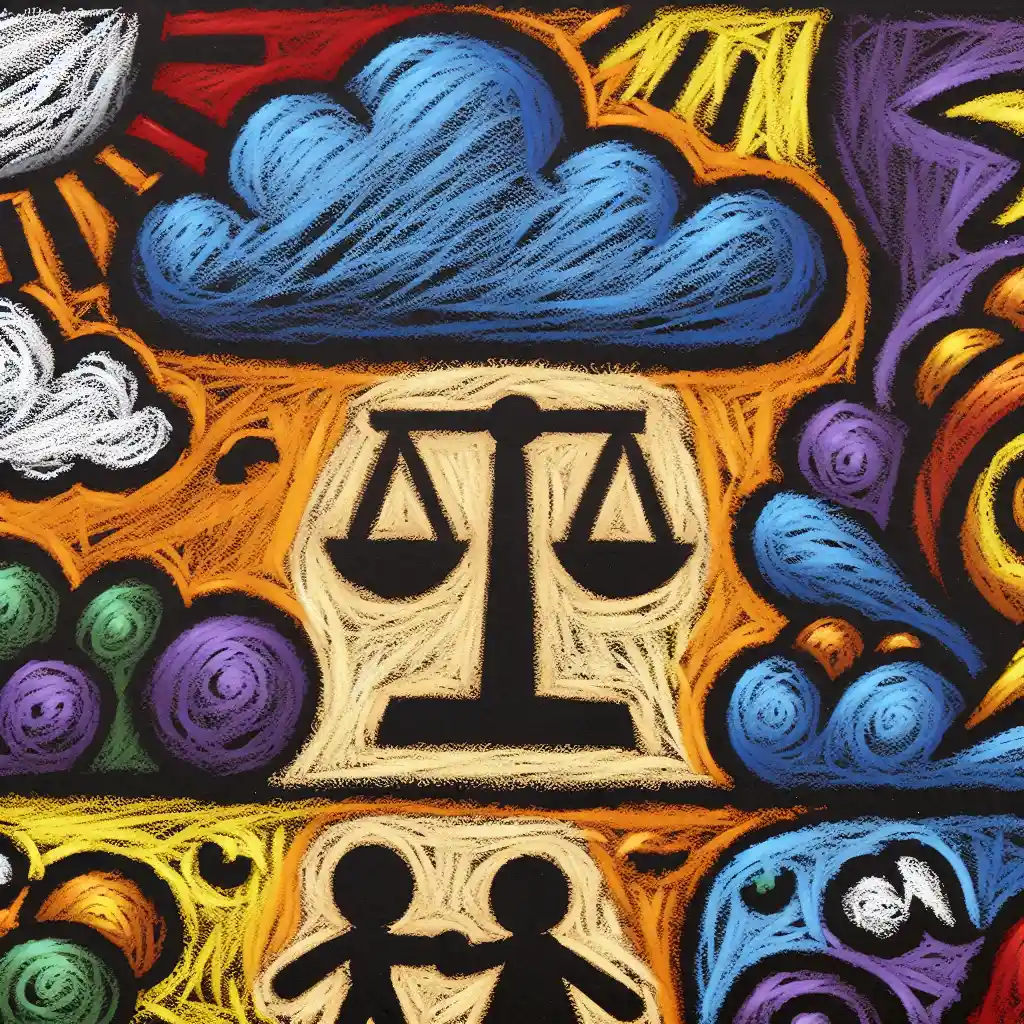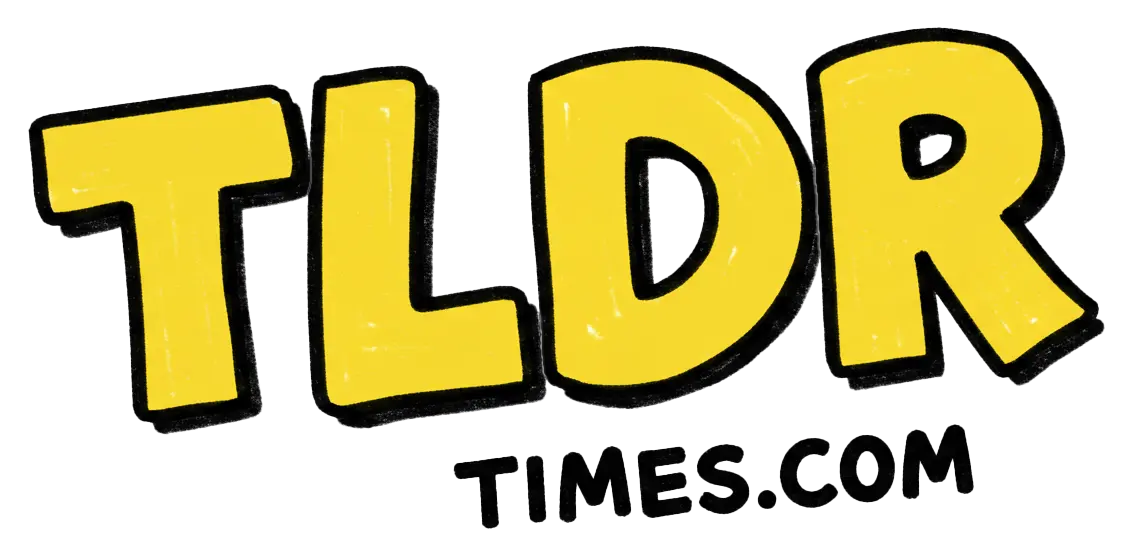How will details on Epstein's case help quell conspiracy theories?

Explain Like I'm 5
Imagine you have a big, mysterious box in the middle of your classroom, and everyone is guessing what's inside. Some kids think it’s a giant cake, others believe it's a dinosaur toy, but no one really knows. The teacher decides to open the box a little bit to show a small part of what's inside. Now, because you've seen a bit of the truth, there are fewer wild guesses. This is like what's happening with Jeffrey Epstein's case. President Trump wants to open the box more—by showing more secret information about the case—so that people can stop making wild guesses and start understanding the real story.
Explain Like I'm 10
Jeffrey Epstein was involved in very serious and bad activities, and after he was arrested, he died in a way that made many people very suspicious. Because his case involves powerful people and big secrets, lots of people have come up with their own stories about what they think happened. Now, President Trump has asked a judge to share more information that has been kept secret about Epstein's case. He thinks that by letting everyone know more of the real facts, people will stop believing and spreading false stories, or conspiracy theories. It’s like when rumors spread in school; they usually stop when someone tells the truth about what really happened.
Explain Like I'm 15
Jeffrey Epstein's case has been a breeding ground for conspiracy theories, largely because it touches on elements that intrigue and alarm the public: power, crime, and secrecy. Epstein, who had connections with many influential figures, died under suspicious circumstances which were officially ruled a suicide. This event sparked numerous theories fueled by the lack of transparent information and the high-profile nature of his associations. President Trump’s push to unseal more information is an attempt to provide transparency and possibly dispel these theories by presenting more concrete facts. The idea is that with more data available to the public, it will be harder for baseless stories to gain traction. However, it's also possible that new details could lead to more questions and theories. This situation highlights the challenges in managing public perception and the thirst for truth in politically and socially sensitive cases. Historically, full disclosure doesn't always quench the public's speculative fires, but it can redirect the narrative towards a more fact-based discussion.
Want to read the original story?
View Original Source